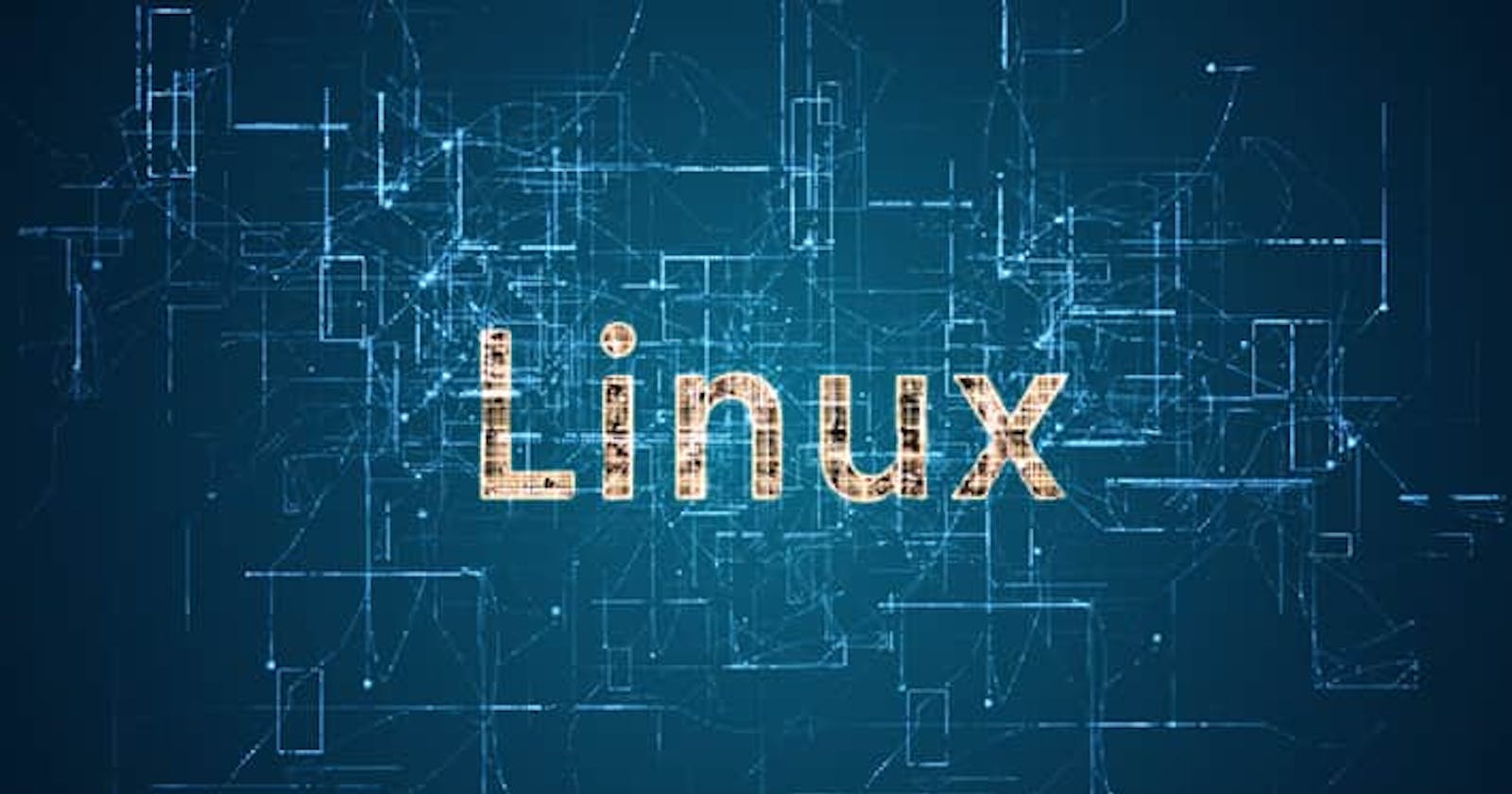What is Linux?
Linux is an Open-Source Operating System based on Unix. Linux was first introduced by Linus Torvalds. The main purpose of Linux was to provide free and low-cost Operating System for users who could not afford Operating Systems like Windows or iOS or Unix.
What is the difference between Linux and Unix?
The main differences between Linux and UNIX are as follows:

What is Linux Kernel?
Is it legal to edit Linux Kernel? Linux kernel refers to the low-level system software. It is used to manage resources and provide an interface for user interaction.
Yes, it is legal to edit Linux Kernel. Linux is released under the General Public License (General Public License). Any project released under GPL can be modified and edited by the end users.
What is LILO?
LILO stands for LInux LOader. LILO is a Linux Boot Loader that loads Linux Operating System into the main memory to begin execution. Most of the computers come with boot loaders for certain versions of Windows or Mac OS. So, when you want to use Linux OS, you need to install a special boot loader for it. LILO is one such boot loader.
When the computer is started, BIOS conducts some initial tests and transfers control to the Master Boot Record. From here, LILO loads the Linux OS and starts it.
The advantage of using LILO is that it allows fast boot of Linux OS.
What are the basic components of Linux?
The basic components of Linux are:
Kernel: It is the core component of the Operating System that manages operations and hardware.
Shell: Shell is a Linux interpreter which is used to execute commands.
GUI: GUI stands for Graphical User Interface which is another way for a user to interact with the system. But unlike CLI, GUI consists of Images, Buttons, TextBoxes for interaction.
System Utilities: These are the software functions that allows the user to manage the computer.
Application Programs: Software programs or set of functions designed to accomplish a specific task.
6. Which are the Shells used in Linux?
The most common Shells used in Linux are
bash: Bourne Again Shell is the default for most of the Linux distributions
ksh: Korn Shell is a high-level programming language shell
csh: C Shell follows C like syntax and provides spelling correction and Job Control
zsh: Z Shell provides some unique features such as filename generation, startup files, login/logout watching, closing comments etc.
fish: Friendly Interactive Shell provides some special features like web-based configuration, auto-suggestions, fully scriptable with clean scripts
7. What is Swap Space?
Swap Space is the additional spaced used by Linux that temporarily holds concurrently running programs when the RAM does not have enough space to hold the programs. When you run a program, it resides on the RAM so that the processor can fetch data quickly. Suppose you are running more programs than the RAM can hold, then these running programs are stored in the Swap Space. The processor will now look for data in the RAM and the Swap Space.
Swap Space is used as an extension of RAM by Linux.
8. What command would you use to check how much memory is being used by Linux?
You can use any of the following commands:
free -m
vmstat
top
htop
9. Explain file permission in Linux.
There are 3 kinds of permission in Linux:
Read: Allows a user to open and read the file
Write: Allows a user to open and modify the file
Execute: Allows a user to run the file. You can change the permission of a file or a directory using the chmodcommand.
There are two modes of using the chmod command:
Symbolic mode Absolute mode Symbolic mode The general syntax to change permission using Symbolic mode is as follows:
$ chmod (+/-/=)
where can be r: read; w: write; x: execute.
can be u : user; g: group; o: other; a: all
'+' is used for adding permission
'-' is used for removing permission
'=' is used for setting the permission
For example, if you want to set the permission such that the user can read, write, and execute it and members of your group can read and execute it, and others may only read it.
Then the command for this will be:
$ chmod u=rwx,g=rx,o=r filename
Absolute mode The general syntax to change permission using Absolute mode is as follows:
$ chmod filename
The Absolute mode follows octal representation. The leftmost digit is for the user, the middle digit is for the user group and the rightmost digit is for all.
10.What are inode and process id?
inode is the unique name given by the operating system to each file. Similarly, process id is the unique id given to each process.
Thanks for reading my blog.
Stay connected with me for learning and sharing.
#90DaysofDevopsChallage #Devops #trainwithsubham.#linux#Day4
